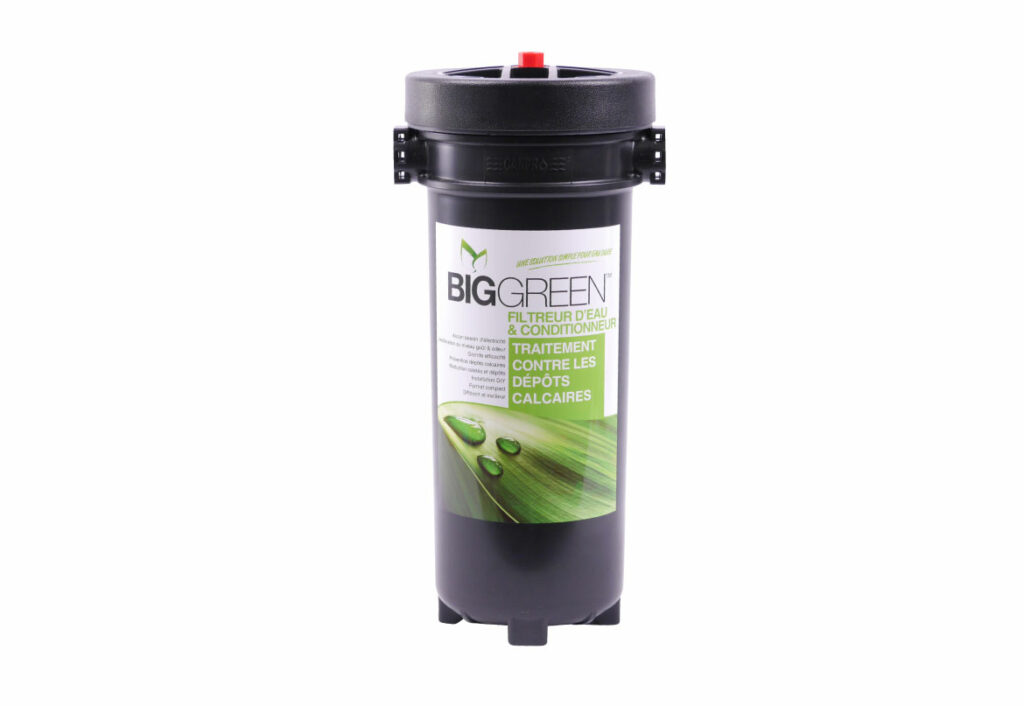The benefits of water softening
1. Cost-saving
Dissolved lime adheres especially to hot water pipes and household devices operated with warm water such as dishwashers, coffee machines, and washing machines etc. Higher energy requirement due to deposits on the heating elements in the devices. This leads to higher energy requirement in the devices. Deposits only 1 mm in size can already lead to up to a 10% higher energy requirement.
2. Avoidance of pipe and water damage
Limescale deposits slowly lead to pipes becoming blocked. Subsequently, this results in high costs for replacing or clearing the pipes, which can be avoided by using a softening system.
3. Effect on skin, hair and laundry surfaces
Enjoy soft hands, shining hair and soft laundry. After softening, your showers, glass surfaces, bathtubs and sinks will be free from those limescale marks which are so difficult to remove. You will save on detergent and have cleaner clothes which will also better retain their softness and bright colors.











